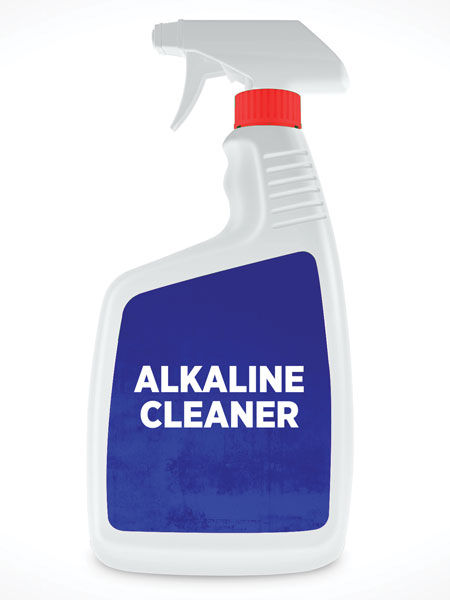Lube-Tips
Why Timing Is Critical When Filling Automatic Grease Systems
Fill the grease reservoir in an automatic grease system only if it is 75 percent empty. Obviously, you never want the reservoir to run out of grease, because this can cavitate the pump and let air into the system. However, if you fill the reservoir too frequently, the grease in the top half never leaves the reservoir.
Grease reservoirs fill from the bottom because a follower plate above the grease pushes the lubricant into the pump cavity. Filling the reservoir too frequently keeps fresh grease in the bottom half of the reservoir while the older grease remains in the top half. The older grease travels up and down with the follower plate but never leaves the reservoir. Because grease is designed to release oil from the thickener when it is under pressure, the continual pressure from the spring above the follower plate can allow the stagnant grease to slowly bleed its oil over long periods. The stagnant grease then becomes stiffer as the oil-to-grease ratio is reduced.
Eventually, the stagnant grease becomes too stiff to pump through the system if the reservoir is allowed to become empty enough for this stiffer grease to enter the pump. Coloration differences in the grease reservoir are signs of this condition. Annual cleaning of the grease reservoir will show you if this is happening and ensure that grease consistency is homogenous throughout the reservoir.
Advice for Cleaning Sumps
 While cleaning out a sump that contains extreme pressure gear oils, do not use any form of degreasers or detergents. These items will most likely cause foaming problems and reduce the overall characteristics of the gear oil properties.
While cleaning out a sump that contains extreme pressure gear oils, do not use any form of degreasers or detergents. These items will most likely cause foaming problems and reduce the overall characteristics of the gear oil properties.
For the best results, try using an alkaline cleaner that will effectively remove oily residues along with grit and dirt from the interior of the tank. This type of cleaner is recommended for general maintenance applications as well as coolant system cleanouts.
Oil Ring Tip
When using oil rings for lubrication in wet sump pumps and other equipment, you may notice that the rings are smooth on the internal diameter (ID). If you machine a groove 0.002 inches deep and 0.05 inches wide around the ID circumference, you may find that the ring will pick up more oil for delivery.
ML Have Some Tips? If you have a tip to share, email it to admin@machinerylubricationindia.com.

